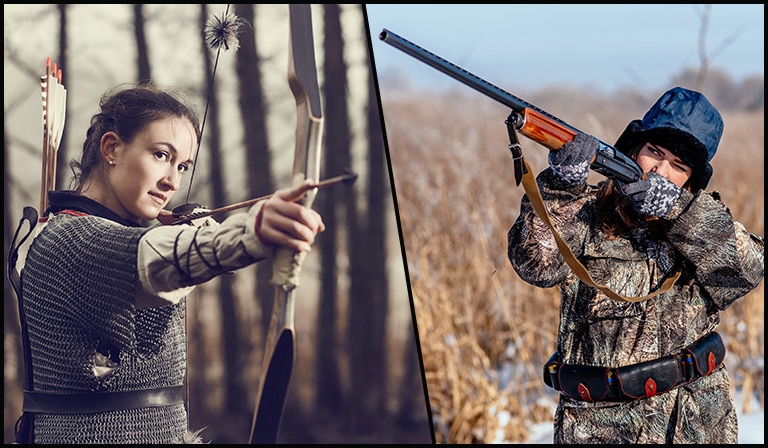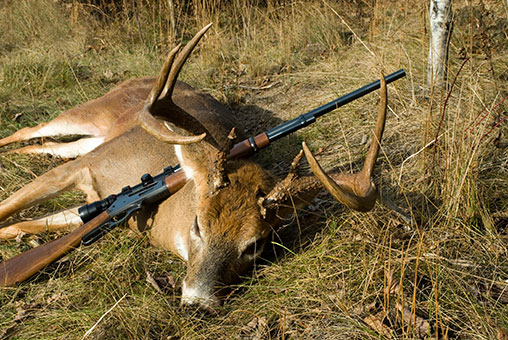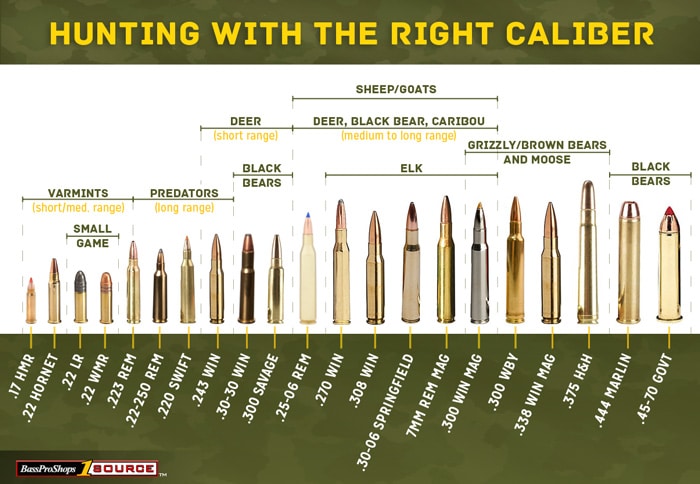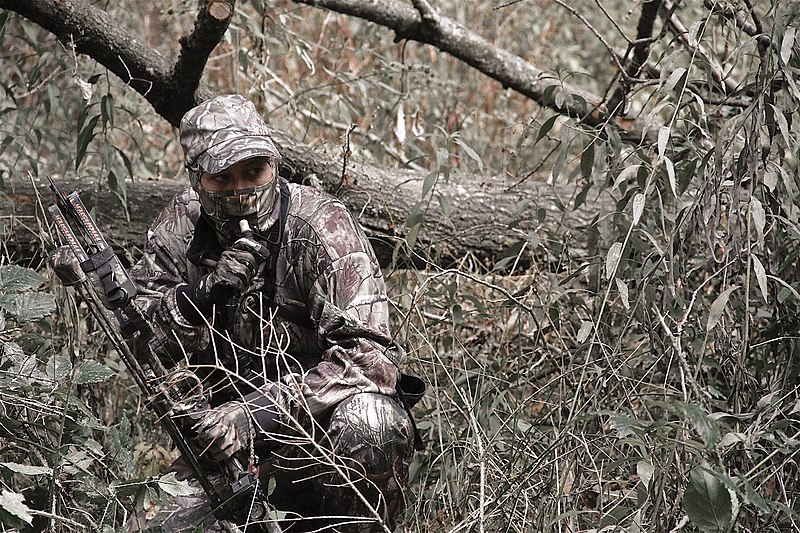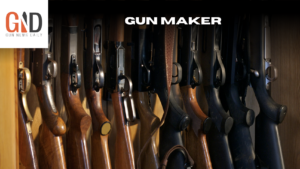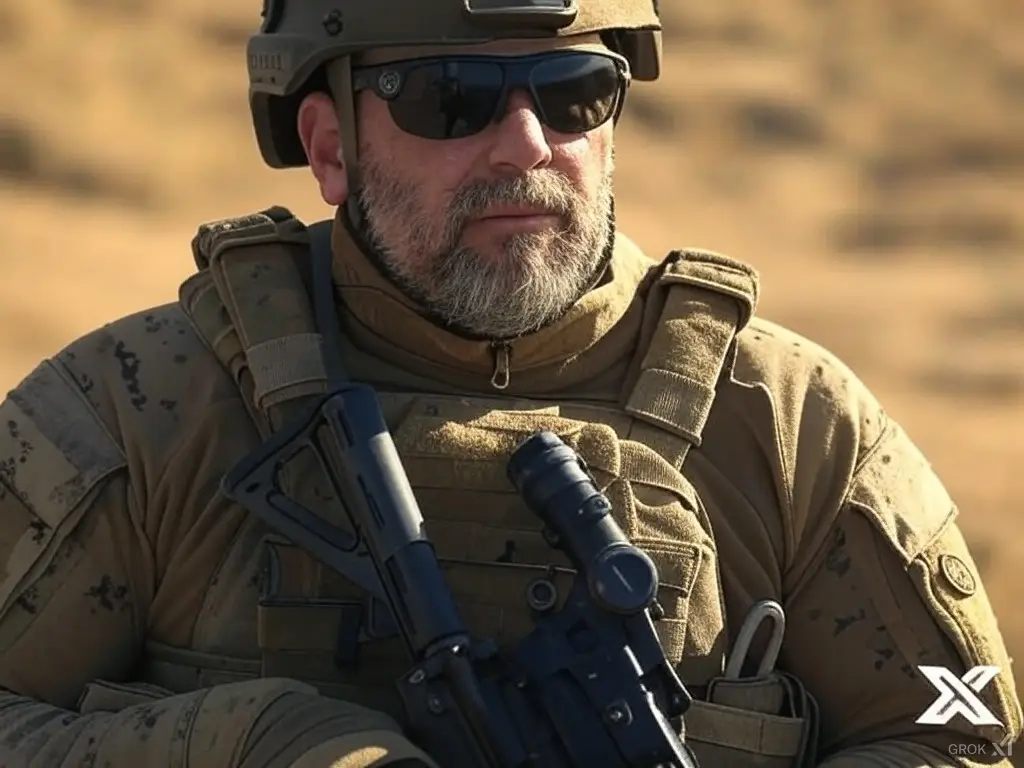For many folks, hunting is not just a sport or hobby but a way to get back to something more valued.
That may be conservation or simply the basics of interacting with nature and testing one’s skills of survival. While many who hunt do not “need” to do so for survival, they still use the experience as a means to connect to a level of humanity that is largely otherwise extinct in the “modern” world.
The benefits of connecting with the wilderness, exercising self-sufficiency and knowing exactly where dinner came from are just some of the reasons people choose to take to the forests in search of game. More “trendy” motivations include eating organic as well as harvesting locally sourced protein further encourage a post-modern return to what is, in fact, a prehistoric activity.
Quite a few new hunters have heard this call, or something similar, as they focus upon the thrill of their first quarry. In most cases, they have already decided upon the tools of their hunt, probably almost simultaneously to the decision to hunt in the first place.
Yet for others, the decision may not be so instantaneous, or they may have an interest in learning more. The quest to discern the difference between using a firearm or a bow for hunting can be Tolkienesque in its nuances, but a brief exploration of the differences will be attempted here.
The obvious differences between the two that anyone can assume is that bow hunting can be far more discreet than using a firearm. In most cases that is true, however in many regions where the use of suppressors (“silencers”) this makes the “sound” argument less cut and dry.
There is also the issue that an arrow may not deliver an instant knockdown blow: this usually results in some tracks, and then quite likely some more tracking on top of that and ranging beyond the area of where the shot took place. This time spent traipsing through the woods means more opportunity of drawing attention to yourself, driving off other game from other hunters and, perhaps most importantly, losing your quarry. T
his latter point is even more pertinent in cases when an animal manages to get to a piece of property for which the hunter has no permission to access. Getting caught trespassing is not what anyone calls “ideal.”
Table Of Contents
Guns over Bows?
The firearm, be it black powder or modern, popularly represents the latest in technology over nature. This does not mean it is better, however, just different.
The reason the firearm replaced archery in warfare is not that it was more efficient: it was actually slower to load, had a drastically slower firing rate and accuracy, at least in the beginning, was abysmal. Musketeers replaced archers because guns were actually simpler to train the rank and file.
It made a peasant (or a dozen peasants) with less than a day’s worth of training capable of taking down an armored knight (the original impetus of gun control perhaps?). Archers had to train for months, if not years, to develop the arm strength and accuracy to be as lethal. In terms of man hours and training, firearms were cheaper to field than skilled archers. The same is true today: competent archery does take considerable amounts of practice and skill development: more on that below.
The bonus of a gun is to deliver sufficient damage with as close to absolute certainty as outside circumstances allow. That means the cartridge, projectile and barrel deliver a consistent shot regardless of the shooter’s ability.
It is up to the shooter to put the shot on target. Everything up until that moment is a manufactured certainty while archers contend withdrawing and holding an arrow on target and individual arrows.
The latter, especially if they have been recovered, develop variances that affect their flight characteristics (accuracy) each from the other. This is far less likely with manufactured cartridges from a formatted loading press. This is why a firearm delivers a consistent blast of energy each time the trigger is pulled.
Caliber and range both play large roles in delivering desirable results on the specific game and many “experts” have their opinions backed by personal and legendary anecdotes for support. Suffice it to say a competent cartridge for the intended game is assumed for the purposes here: one does not hunt squirrels with an elephant gun nor hunt bear or elk with a .22 Long Rifle. It is not hard to discover what calibers are appropriate for your intended quarry. Ideally, though, it is the largest caliber possible without resulting in “overkill”.
An appropriate cartridge means around capable of delivering a sufficient wound to drop the animal as quickly as possible, but that is not the whole crux of the situation. Accuracy is required to ensure quick death as well as minimize damage to edible meat – the harvesting of which is a primary reason for hunting after all.
Using a caliber that is too large, or having to use multiple shots to get the desired result not only ruins more meat and hide but also is arguably an inhumane way to treat wildlife: even the one you intend to kill and eat. The objective is to use a caliber capable of penetrating to the heart and/or lungs with one shot, but and using a round capable of breaking the shoulder if, and preferably only if, necessary.
Heart and lung hits will result in relatively quick kills with most animals only making it a short distance before shock and the lack of oxygenated blood delivered to their legs results in the animal down and shortly deceased. Shots that break shoulders can drop an animal but will not necessarily kill it quickly unless additional damage is done to the nervous (brain) or circulatory system is inflicted.
Killing it quickly – read as “humanely” – is the intent and responsibility of every hunter. The animal thrashing about on remaining legs before exhausting itself or bleeding out makes a coup de grace both a possible necessity as well as quite likely difficult. Not to mention it can be distressing for everyone involved, not just the animal.
A firearm brings with it more secondary trauma and shock on the receiving end than an arrow can. Not only does its kinetic energy usually far and exceed what can be fired from any type of modern bow, but modern hunting ammunition is designed to generate rapid game dropping results.
Slugs and bullets no longer fragment into smaller parts which had led them to fail in penetrating to the animal’s vitals. Instead, they maintain their mass, these are often referred to as “bonded” or “locked” bullets, in a single projectile that expands after entry.
If they penetrate all the way through, the exit wound is usually larger than the entry wound and certainly causes a sudden drop in blood pressure and therefore bringing the game down as quickly (again, humanely) as possible.
This, of course, raises the responsibility of the hunter to know what is behind their target. Misses and shots that go through are the onus of the hunter (think Otis and Carl in season two, episode one of THE WALKING DEAD).
The additional range benefits over archery come with a correspondingly equally important responsibility: most suitable cartridges will carry well over a mile and still be dangerous whereas the world record for longest bowshot is well under 100 yards or meters. No good hunter ever takes the shot without knowing what is down-range, no matter the hunting tool. That bears repeating:
No good hunter ever takes the shot without knowing what is down-range, no matter the hunting tool.
The Case for Bow Hunting
For those truly looking to get back to basics, archery offers an experience common to our ancestors going back to the end of the Stone Age. It is not uncommon or difficult to find a bow hunter who adopts an air of superiority with their choice of hunting tools when discussing their skills with a hunter who uses a firearm.
The only really irritating part about that is that they are at least partially justified. Assuming they are successful, of course. Because if they are, it means that they have used equipment that is less forgiving of elements and variances in every scenario and they were more than likely very close to their quarry when they shot it.
The obvious benefits of bow hunting are discretion and that they can be practiced with indoors or in the backyard with the bare minimum of preparing a responsible backstop (that is a requirement) and, while many locations require licensing to purchase a firearm, very few have similar restrictions on the purchasing archery equipment.
Of course, this does NOT mean you do not need a license to hunt with it. A hunting license and the necessary training that is the requirement for it are a legal necessity for both archery and firearms hunting of the vast majority of the game.
Non-archers will be quick to point out the detriments: range, limited knockdown capability, far less shock-inducing wounds that, though they may be lethal but also need time to take effect. Archers point out the discretion and, of course, their skill. Yet another pertinent point is that an arrow will not travel very far so when shooting in the woods it is potentially easier to control your projectile’s course down range should a miss occur.
Another important point is that arrowhead design has come a long way since the days of Robin Hood. Broadheads and the like come in a positively dizzying, and in some cases mortifying, array of style designed to achieve maximum penetration as well as a larger wound channel for shock and blood loss.
Yet, as with firearms hunting, shot placement is of great, if not greater importance in archery than it is in gun hunting. As stated above, the firearm can be used to hit either the heart or lungs and this is usually without much concern for the protective ribcage.
A fast follow up shot with a firearm is (usually) also a possibility to take out the shoulder which may be required. Archery works differently.
First off entry and exit wounds, if there is a latter, will be roughly the same size: the size of the arrowhead. This has less shock and secondary trauma potential, so it is important to hit the mark.
Further, the possibility of hitting the heart, a relatively small target, is problematic and is usually avoided. Therefore, the initial target for archery tends to specifically be the lungs.
There are fewer nerves there than the heart and puncturing them will result in a lethal wound and reduce the likelihood that the animal will run as opposed to the sudden pain of an arrow hitting the heart. Consider the pain of a heart attack and you will see heart shot animals will frequently run off at high speed, reacting to such a sudden, sharp pain.
Even without the heart pumping blood to the limbs animals can go a considerable distance in the handful of seconds it takes for oxygen deprivation to cause unconsciousness then death. Consequently, many archers will try to place their shot near the “armpit”, just behind the front leg and into the mid-chest area.
This provides the greatest likelihood of penetrating fully into the chest cavity and both lungs. Such a wound not only induces extreme blood loss but also near instantaneous pneumothorax, that is to say, the collapse of one or both lungs, which results in quicker unconsciousness and death than blood loss can deliver.
Few, if any, experienced hunters will attempt to make headshots with either tool, as that is something that requires considerable skill and more than a bit of luck (a factor that cannot be controlled): not only in hitting the target, but also doing sufficient damage to the brain to drop the animal.
Just as with defensive shooting scenarios, taking a headshot is the last choice because the risks of missing are greater than the potential of delivering shots on target. That is why law enforcement is trained to shoot at center mass because results matter more than lucky hits.
For hunters, this is just as valid: the possibility of merely wounding the animal by say, breaking its jaw or blinding it means the animal can still escape but prevent it from eating. Our quarry suffering a painfully slow death from starvation is unthinkable.
Taking such a risk is simply not humane and is too cruel to even consider unless the animal is already injured and this is the only chance to stop them quickly. Chest shots remain the most recommended option for both firearm and archery hunters.
Is a Firearm or a Bow Better for New Hunters?
There is no universal “right” answer to this, there are simply too many variables that can ever be covered here. Given one important “flow” question, however, it may be possible to see which tool may be more appropriate to anyone’s personal situation.
That is this: what do YOU like more? Both bows and guns require skill levels beyond casual use (yes, archers, calm down, you need, even more, we know). This means practice, and again, archery means lots of practice.
If you are disinclined against one, there is little point in focusing on the other as your disinterest will inhibit becoming truly successful. So why waste your limited time or other resources?
One other deciding factor may be local laws and how they pertain to you: if it is a situation where they prevent the use of one over the other, well that decision has already been made for you. Archery inevitably ends up being the only choice in such situations.
The parameters of archery inevitable mean a successful hunt means greater expertise in woodcraft, scent control and strategy than firearms hunting so as to get closer to your prey. This requires patience and skill development. Not an inconsequential amount of either, to be sure. The word that is most closely embodied by these characteristics is “commitment.”
So, if the goal is to get one’s feet wet and “try” hunting, a firearm may be the best option for everyone concerned, not least of which the game animal. However, if archery has a true appeal to the novice hunter, exploring and developing the necessary skills should be encouraged.
That sort of passion in people usually develops them into responsible and respectful (as well as respectable) hunters. There can never be too many of them in or out of the field.
Recommended Reading
10 Best Calibers for Deer Hunting
Going Hunting? These 5 Hunting Rifles Are the Best
